World
Out in the World: LGBTQ news from Europe and Asia
Qatari authorities give suspended sentence to British Mexican man arrested in Grindr sting
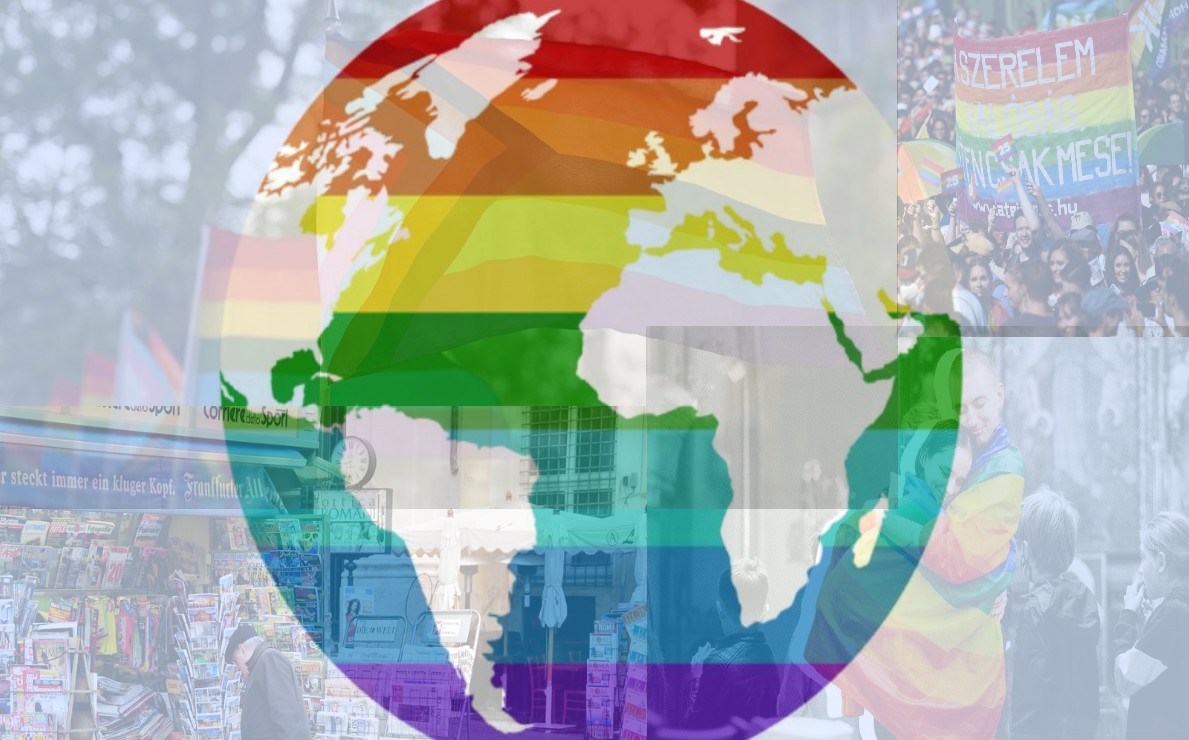
QATAR
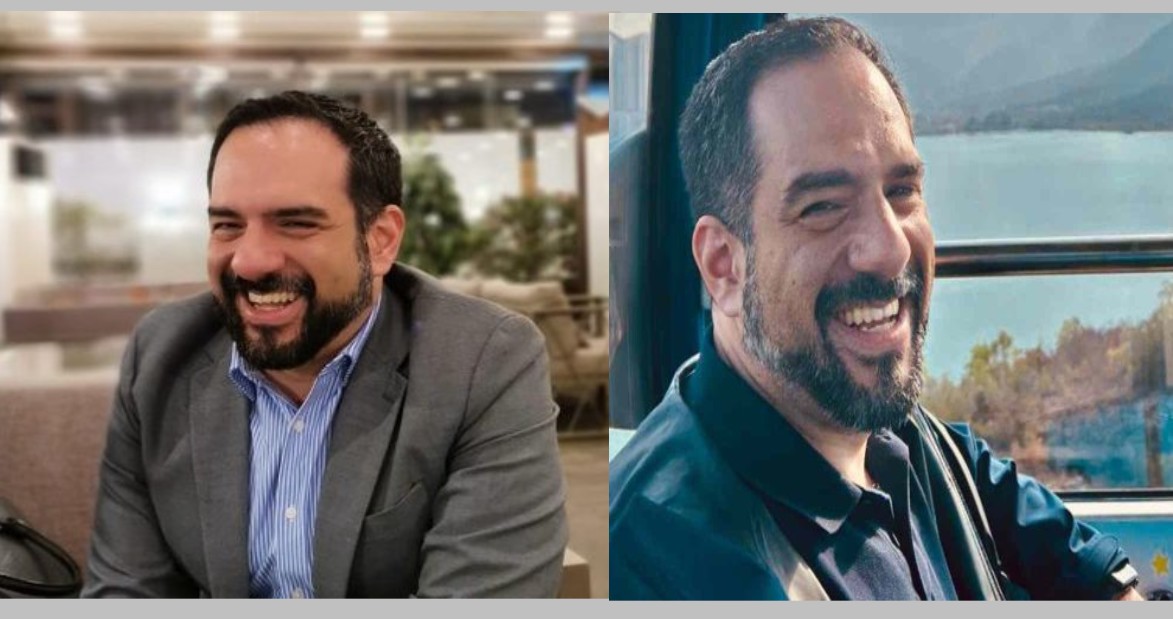
A British Mexican man who was arrested in a Grindr sting operation has been given a six-month suspended sentence and will be deported — although the state has 30 days to launch an appeal, during which he is not allowed to leave — the BBC reports.
Manuel Guerrero Aviña, 44, was arrested on what his family are calling trumped up drug charges in Doha in February, after being lured to a fake meeting on the gay cruising app Grindr. This week, he was handed his sentence, which includes a fine of approximately $2,700.
Guerrero, who has lived in Qatar for seven years and works for an airline, has told the BBC he is considering an appeal.
His family has previously told the BBC that he was approached online by a man named “Gio,” who also used the screen name “Mike” on both Grindr and Tinder. Guerrero invited “Gio” to his apartment, but when he went to the lobby to let him in, police were waiting and arrested him.
Police searched his apartment and allegedly found amphetamine and methamphetamine. They later administered a drug test which they say show evidence he had used the substances.
Guerrero says the drugs were planted as part of a sting operation targeting queer people. Under threat of torture and without a translator or lawyer, he was coerced into signing a document written in Arabic, a language he doesn’t read, admitting his possession of the drugs.
He spent 42 days in pretrial detention before being given provisional release, during which time police attempted to coerce him into naming other queer people.
Complicating his situation is the fact that he lives with HIV. While in detention, guards frequently withheld his medication, which could have enabled the virus to build up a resistance to it. He ran out of his prescription, which is not available in Qatar, in April, and has had to use a local substitute.
Several human rights groups have criticized the lack of due process in Guerrero’s case, the evidence that he was targeted for his sexual identity, and the implication that a wider crackdown on queer people is in the works.
“This has been about his LGBT status from the start and his desire to express that status and his identity, and that’s what this case is about,” James Lynch, co-director of the human rights organization Fair Square, told the BBC. “He’s an LGBT person and he was targeted through a dating app. You don’t do that, unless that’s the thing you are focused on.”
Qatari officials deny that Guerrero was targeted for any reason other than the possession of illegal substances.
Following Guerrero’s arrest, Grindr began displaying a warning to users in Qatar that “police are known to be making arrests on the app.”
Same-sex intercourse between men is illegal in Qatar, with potential sentences of up to three years. The law also allows a death sentence to be imposed for unmarried Muslims who have sex regardless of gender, though there are no records it has ever been carried out.
UKRAINE
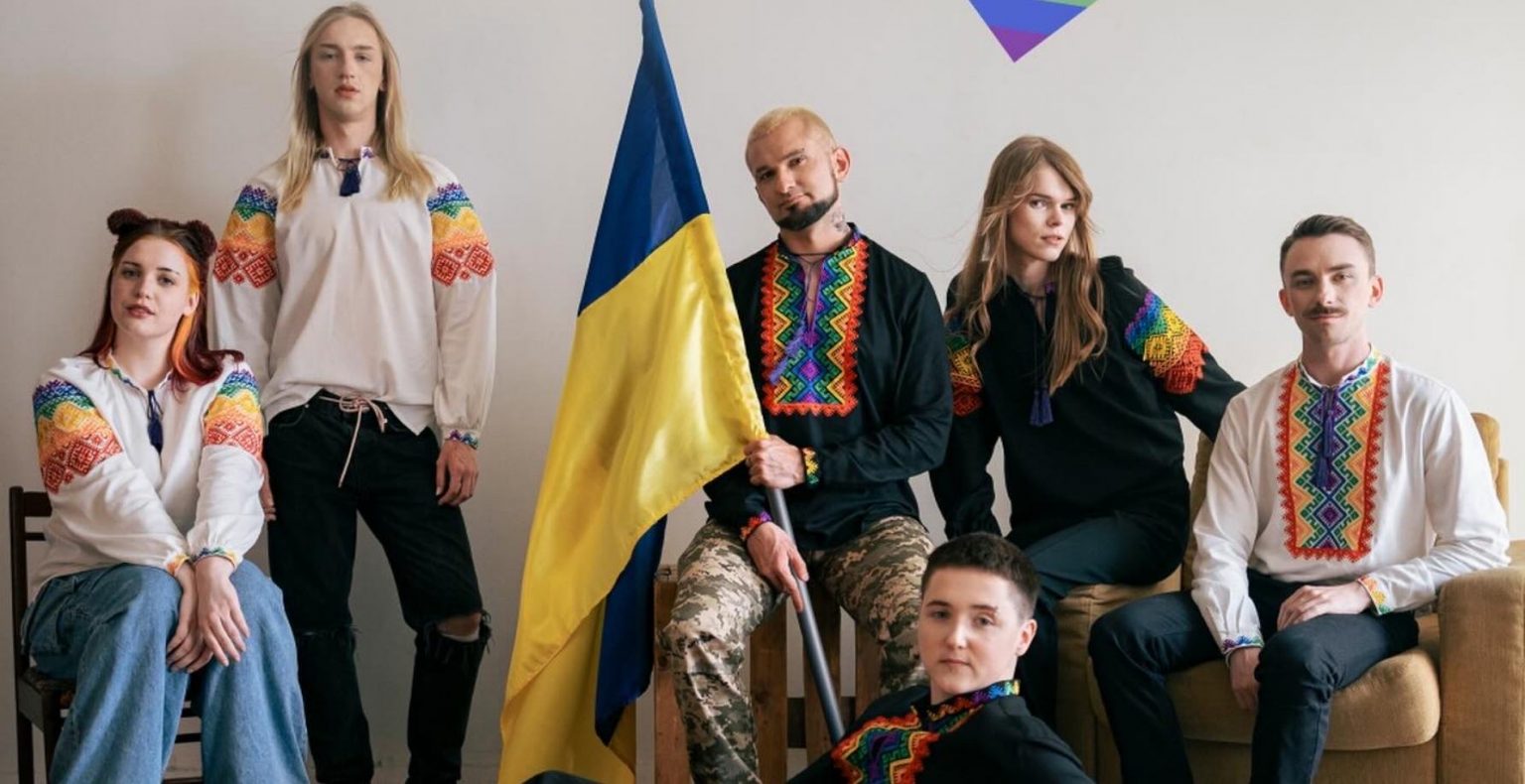
The Kyiv City Council denied a organizers of Kyiv Pride a permit to hold the annual human rights demonstration on the city’s metro system, citing security concerns and the need to maintain service on the subway network, the Kyiv Post reports.
Kyiv Pride organizers say they still plan to go ahead with their march in the metro on June 16 even without a city permit.
Kyiv has not held a Pride festival since the latest Russian invasion began in February 2022. The organizers of Kyiv Pride say they were inspired to hold their march on the metro system by a similar event held in the war-torn eastern city Kharkiv in 2022, where the metro was the safest place to gather during Russian bombardment.
It’s partly because the metro is used as a bomb shelter during Russian attacks that the city denied a permit for the event. The city released a statement on June 3 calling on organizers to find another venue.
“In order not to endanger the participants and passengers, and to avoid possible provocations, the city authorities cannot allow the Equality March to take place in the metro,” it said.
Organizers expect up to 500 people to take part in the Pride march this year. They’re asking participants to register in advance in order to limit the number of participants who show up at metro.
In a lengthy post on Kyiv Pride’s Facebook page, the organizers underscore the importance of holding a highly visible Pride festival, even during the upheaval of wartime.
“It is our obligation before Ukrainian queer soldiers who are also supporting the March to ensure that they return from the frontlines to a more just legal environment,” the post says.
“Backed by society, the historic same-sex partnerships law and the law on hate crimes dropped from the parliament’s priority list. We must seize the opportunity to remind the government that ensuring dignity and equality for all Ukrainian citizens is not a second-tier priority. Organizing an LGBTQ+ civil rights march in Ukraine amid the ongoing Russian [sic] invasion is a complex and courageous endeavor.”
ITALY

An Italian couple is planning to challenge social conventions even as they challenge the bonds of the earth itself, by becoming the first gay couple to get married in outer space.
Alessandro Monterosso, a 33-year-old health software entrepreneur, and Alec Sander, a 25-year-old recording artist, will exchange vows in 2025 aboard a private spaceflight offered by the U.S. company Space Perspective.
Space Perspective is not yet in commercial operation, but its website says it will offer bespoke experiences aboard a luxury capsule that is lifted to the edge of space by a hydrogen-filled balloon at a speed of 12 miles per hour.
Monterosso and Sander have booked a whole capsule for them and six guests at a cost of $125,000 per person, an even $1,000,000 total. They say they are not seeking sponsors.
Monterosso and Sander first met in Padua in 2017, and they dated for four years until Sander broke it off because it was difficult to date while Monterosso was still in the closet. A year later, they met up again and Monterosso asked Sander to marry him. Sander agreed, but he didn’t immediately know that his fiancé wanted to hold the wedding in space.
“I was planning the trip as a civilian, to fulfill my childhood desire to become an astronaut. When I came into contact with the aerospace agency we relied on, it came naturally to me to ask: but can I also get married in space?” Monterosso told the Corriere della Sera newspaper.
“It seemed like such a romantic idea. I had struggled so much to accept myself as homosexual, not because I wasn’t sure, but because of the social context, and I told myself that now I would have to tell the whole world how I felt. Firstly because I know that there are many people who experience what I experienced, and then to confirm the infinite love I feel for Alec,” he says.
But Monterosso and Sander have a political message behind their space wedding as well. Same-sex marriage is not legal in Italy, and its current far-right government has cracked down hard on same-sex parents.
“Couples like us are not always well regarded in Italy. In other places in the world, they are even illegal. In Russia we are considered terrorists. Well, we just want to say that it’s time to normalize everything and amplify this message as much as possible. And if it is therefore so difficult to get married on Earth, then we are going to do it in space, with a galactic wedding whose aim is precisely to normalize these loves,” Monterosso says. “The message is aimed at people, because even today we still feel eyes on us if we hold hands while walking down the street. But if people normalize, politics must adapt.”
Monterosso and Sander already have their sights set on more distant shores.
“For our 20th anniversary, we are aiming for Mars,” Monterosso says.
AUSTRALIA
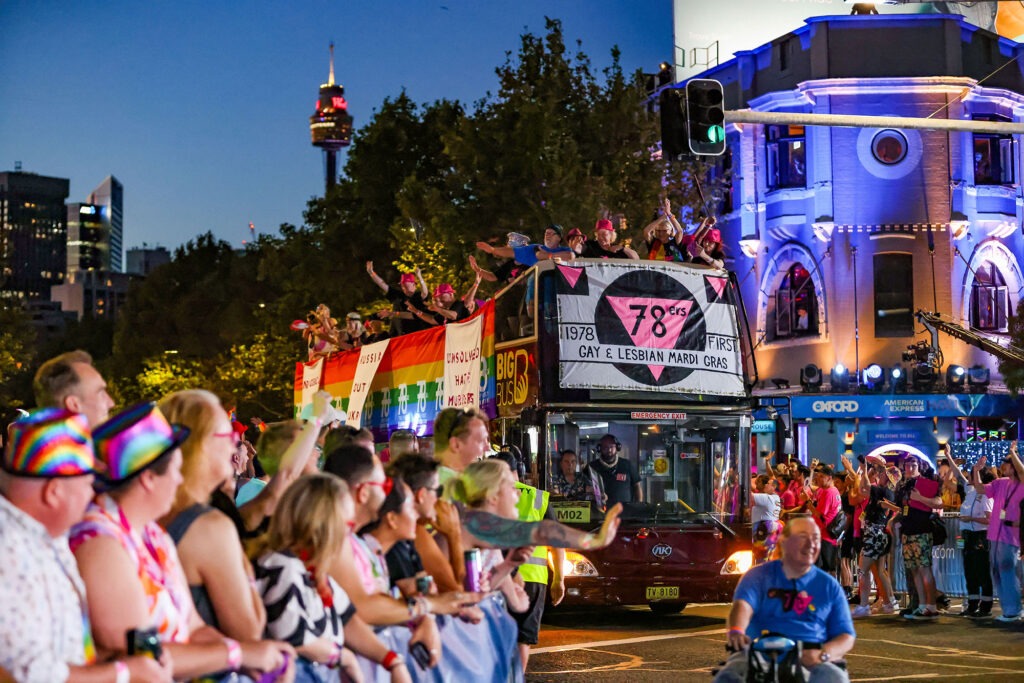
The government of New South Wales issued a historic apology this week to queer people who were persecuted under old laws that criminalized same-sex intercourse.
New South Wales decriminalized same-sex intimacy in 1984, one of the last Australian states to do so. Forty years later, it has become the last state to issue an apology for criminalizing queer people, after all other states did so in 2016 and 2017.
Delivering a speech in the state parliament, New South Wales Premier Chris Minns said he “recognizes and regrets this parliament’s role in enacting laws and endorsing policies of successive governments’ decisions that criminalized, persecuted and harmed people based on their sexuality and gender.
Minns’s apology acknowledged people were harmed by these laws even if they weren’t directly charged or convicted under them.
“To those who survived these terrible years, and to those who never made it through, we are truly sorry. We’re sorry for every person convicted under legislation that should never have existed. For every person that experienced fear as a result of that legislation.
“Everyone who lost a job, who lost their future, or who lost the love of family and friends. We are very sorry for every person, convicted or otherwise, who were made to live a smaller life because of these laws,” he said.
People who had been convicted under New South Wales’s old sodomy laws have been eligible to have the convictions expunged since a law change in 2014.
Minns’ government recently passed a ban on conversion therapy in March, making New South Wales the fourth jurisdiction in Australia to do so.
The state’s only openly gay MP, Independent Alex Greenwich, says that the apology has to be followed by more action to promote equality.
He’s put forward his own bill that would close a loophole in anti-discrimination law to ban discrimination by religious schools against LGBTQ students and teachers, and would allow trans people to change their legal gender without having to undergo a medical procedure.
“I rise as the only openly gay member of the Legislative Assembly to contribute to this apology,” Greenwich said in the state parliament. “I am one of only two in this chamber’s 186-year-old history. This in itself shows how much work we need to do.”
World
Top 10 international LGBTQ news stories of 2025
Marriage progress in Europe; trans travel advisories depress WorldPride attendance
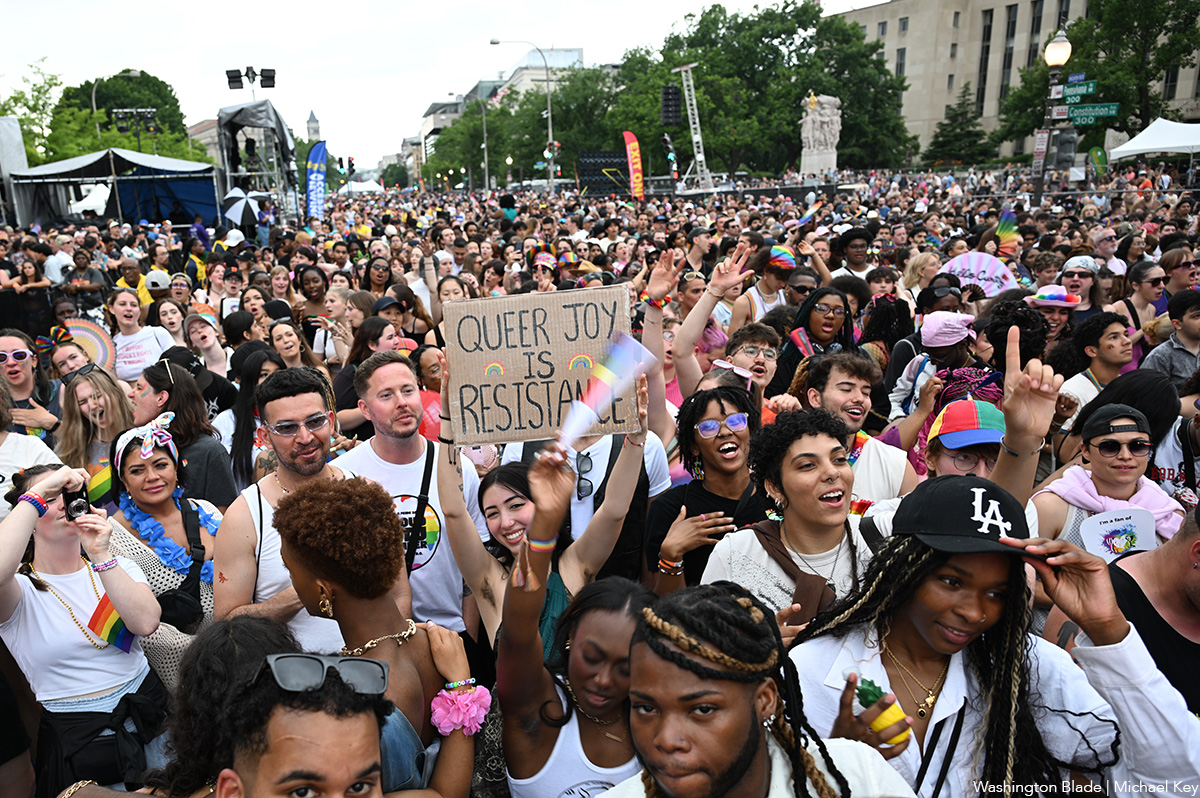
The Trump-Vance administration and its policies had a significant impact on the global LGBTQ rights movement in 2025. War, anti-LGBTQ crackdowns, protests, and legal advances are among the other issues that made headlines around the world over the past year.
Here are the top international stories of 2025.
10. Australia ends ban on LGBTQ blood donors
Australia on July 14 ended its ban on sexually active LGBTQ people from donating blood.
“Lifeblood (the Australian Red Cross Blood Service) has been working to make blood and plasma donation more inclusive and accessible to as many people as possible, whilst maintaining the safety of the blood supply,” said the Australian Red Cross Blood Service in a press release that announced the new policy.
Lifeblood Chief Medical Officer Jo Pink said the new policy will allow 24,000 additional people to donate blood each year.
9. Kenyan judge rules gov’t must legally recognize trans people
A Kenyan judge on Aug. 20 ruled his country’s government must legally recognize transgender people and ensure their constitutional rights are protected.
Justice Reuben Nyakundi of the Eldoret High Court in western Kenya ruled in favor of a trans athlete who was arrested in 2019 and forced to undergo a medical examination to determine her gender. The 34-year-old plaintiff who is a board member of Jinsiangu, a trans rights organization, said authorities arrested her at a health facility after they claimed she impersonated a woman.
“This is the first time a Kenyan court has explicitly ordered the state to create legislation on transgender rights, and a first in the African continent,” noted Jinsiangu in a statement. “If implemented, it could address decades of legal invisibility and discrimination faced by transgender persons by establishing clear legal recognition of gender identity, protection against discrimination in employment, housing, healthcare, and education, and access to public services without bias or harassment.”
8. U.S. withdraws from UN LGBTI Core Group
The U.S. in 2025 withdrew from the U.N. LGBTI Core Group, a group of U.N. member states that have pledged to support LGBTQ and intersex rights.
A source told the Washington Blade the U.S. withdrew from the Core Group on Feb. 14. A State Department spokesperson later confirmed the withdrawal.
“In line with the president’s recent executive orders, we have withdrawn from the U.N. LGBTI Core Group,” said the spokesperson.
7. Wars in Gaza, Ukraine continue to make headlines
Israeli airstrikes against Iran prompted authorities in Tel Aviv to cancel the city’s annual Pride parade that was scheduled to take place on June 13.
The airstrikes prompted Iran to attack Israel with drones and missiles. One of them destroyed Mash Central, a gay bar that was located a few blocks from the U.S. Embassy in Tel Aviv. Marty Rouse, a longtime activist who lives in Maryland, was in Israel with the Jewish Federations of North America when the war began. He and his group left the country on June 15.
Bet Mishpachah, an LGBTQ synagogue in D.C., welcomed the tenuous ceasefire between Israel and Hamas that took effect on Oct. 10, roughly two years after Hamas militants killed upwards of 1,200 people and kidnapped more than 200 others when they launched a surprise attack on the country.
In Ukraine, meanwhile, the war that Russia launched in 2022 drags on.
6. Int’l Criminal Court issues arrest warrants for Taliban leaders
The International Criminal Court on July 8 issued arrest warrants for two top Taliban officials accused of targeting LGBTQ people, women, and others who defy the group’s strict gender norms.
The warrants are for Hibatullah Akhundzada, the Taliban’s supreme leader, and Afghanistan Chief Justice Abdul Hakim Haqqani.
Karim Khan, the ICC’s chief prosecutor, in January announced a request for warrants against Taliban officials over their treatment of women and other groups since they regained control of Afghanistan in 2021. The request marked the first time the court specifically named LGBTQ people as victims in a gender persecution case before it.
5. Hundreds of thousands defy Budapest Pride ban
More than 100,000 people on June 28 defied the Hungarian government’s ban on public LGBTQ events and participated in the 30th annual Budapest Pride parade.
Former Irish Prime Minister Leo Varadkar, who is his country’s first openly gay head of government, and openly gay MEP Krzysztof Śmiszek, who was previously Poland’s deputy justice minister, are among those who participated in the march.
Hungarian Prime Minister Viktor Orbán and his Fidesz-KDNP coalition government have faced widespread criticism over its anti-LGBTQ crackdown.
Hungarian lawmakers in March passed a bill that bans Pride events and allow authorities to use facial recognition technology to identify those who participate in them. MPs in April amended the Hungarian constitution to ban public LGBTQ events.
4. LGBTQ delegation travels to Vatican to meet Pope Leo after Francis dies
Pope Francis died on April 21.
The Vatican’s tone on LGBTQ and intersex issues softened under the Argentine-born pope’s papacy, even though church teachings on homosexuality and gender identity did not change.
The College of Cardinals on May 8 chose Pope Leo XVI, an American cardinal from Chicago who was bishop of the Diocese of Chiclayo in Peru from 2015-2023, to succeed Francis.
Leo on Sept. 1 met with the Rev. James Martin, a Jesuit priest who founded Outreach, a ministry for LGBTQ Catholics. A gay couple from D.C. — Jim Sweeney and the Rev. Jason Carson Wilson — are among those who took part in an LGBTQ pilgrimage to the Vatican a few days later that coincided with the church’s year-long Jubilee that began last Christmas Eve when Francis opened the Holy Door.
3. EU’s top court rules states must recognize same-sex marriages
The European Union’s top court on Nov. 25 ruled member states must recognize same-sex marriages legally performed in other member states.
The EU Court of Justice in Luxembourg ruled in favor of a couple who challenged Poland’s refusal to recognize their German marriage.
The couple who lives in Poland brought their case to Polish courts. The Polish Supreme Administrative Court referred it to the EU Court of Justice.
“Today’s ruling of the Court of Justice of the EU is of key importance not only for the couple involved in the case, but also for the entire LGBT+ community in Poland,” said the Campaign Against Homophobia, a Polish LGBTQ and intersex rights group.
2. U.S. funding cuts devastate global LGBTQ community
The Trump-Vance administration’s decision to cut U.S. foreign aid spending in 2025 has had a devastating impact on the global LGBTQ rights movement.
Council for Global Equality Chair Mark Bromley noted to the Blade the U.S. historically funded roughly a third of the global LGBTQ rights movement.
Groups around the world — including those that worked with people with HIV/AIDS — that received U.S. funding had to curtail programming or close altogether. LGBTQ+ Victory Institute President Elliot Imse earlier this year noted the global LGBTQ rights movement in 2025 was set to lose more than $50 million.
“It is a catastrophe,” he said.
1. Countries boycott WorldPride amid travel advisories
Canada and a number of European countries in 2025 issued travel advisories for trans and nonbinary people who planned to visit the U.S.
The advisory the Danish government issued notes President Donald Trump’s executive order that bans the State Department from issuing passports with “X” gender markers. It also notes “two gender designations to choose from: male or female” when applying for an ESTA (Electronic System for Travel Authorization) or visa for the U.S.
Egale Canada, one of Canada’s largest LGBTQ advocacy organizations, in February announced its members would not attend WorldPride, which took place in D.C. from May 17-June 8, or other events in the U.S. because of the Trump-Vance administration’s policies. Other advocacy groups and activists also did not travel to the U.S. for WorldPride.
InterPride, which coordinates WorldPride, also issued its own travel advisory for trans and nonbinary people.
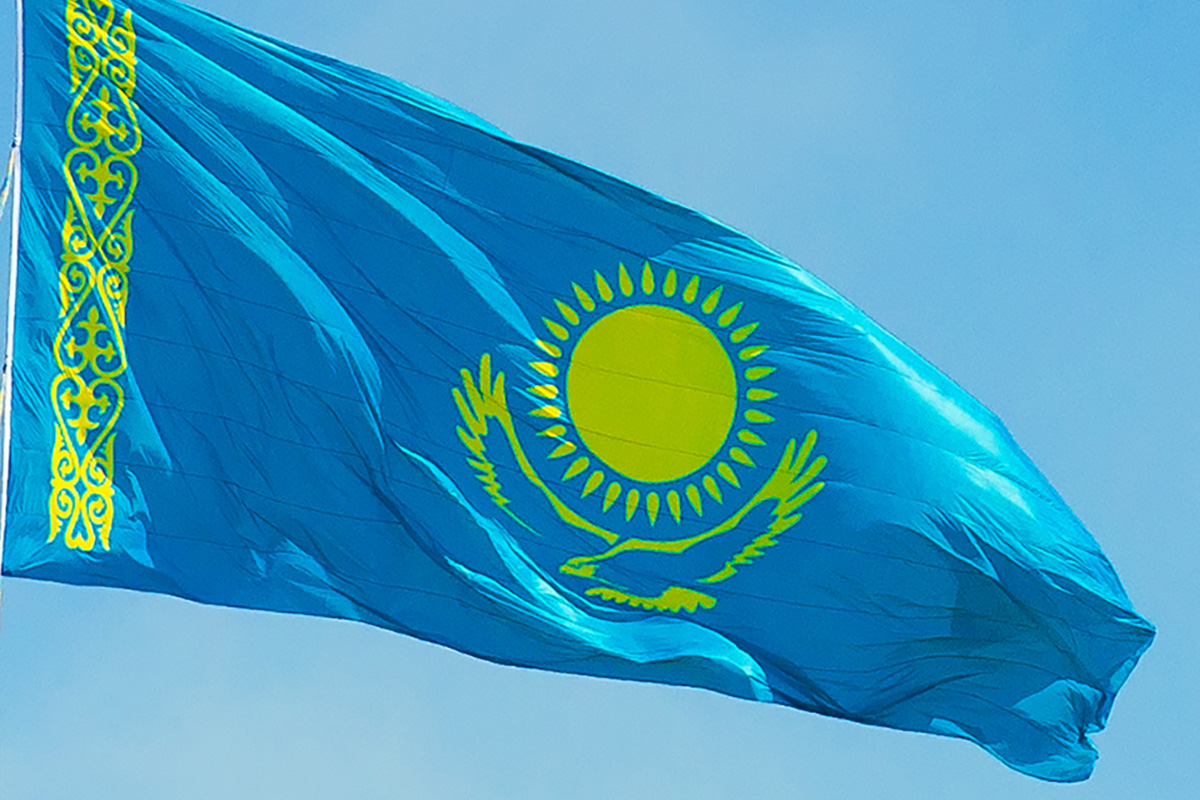
Kazakh President Kassym-Jomart Tokayev on Tuesday signed a bill that will ban so-called LGBTQ propaganda in the country.
Members of Kazakhstan’s lower house of parliament last month unanimously approved the measure that would ban “‘LGBT propaganda’ online or in the media” with “fines for violators and up to 10 days in jail for repeat offenders.” The Kazakh Senate on Dec. 18 approved the bill.
Kazakhstan is a predominantly Muslim former Soviet republic in Central Asia that borders Russia, Turkmenistan, Uzbekistan, Kyrgyzstan, and China. Russia, Georgia, and Hungary are among the other countries with anti-LGBTQ propaganda laws.
India
Few transgender people benefit from India’s low-income housing program
Pradhan Mantri Awas Yojana launched in 2015
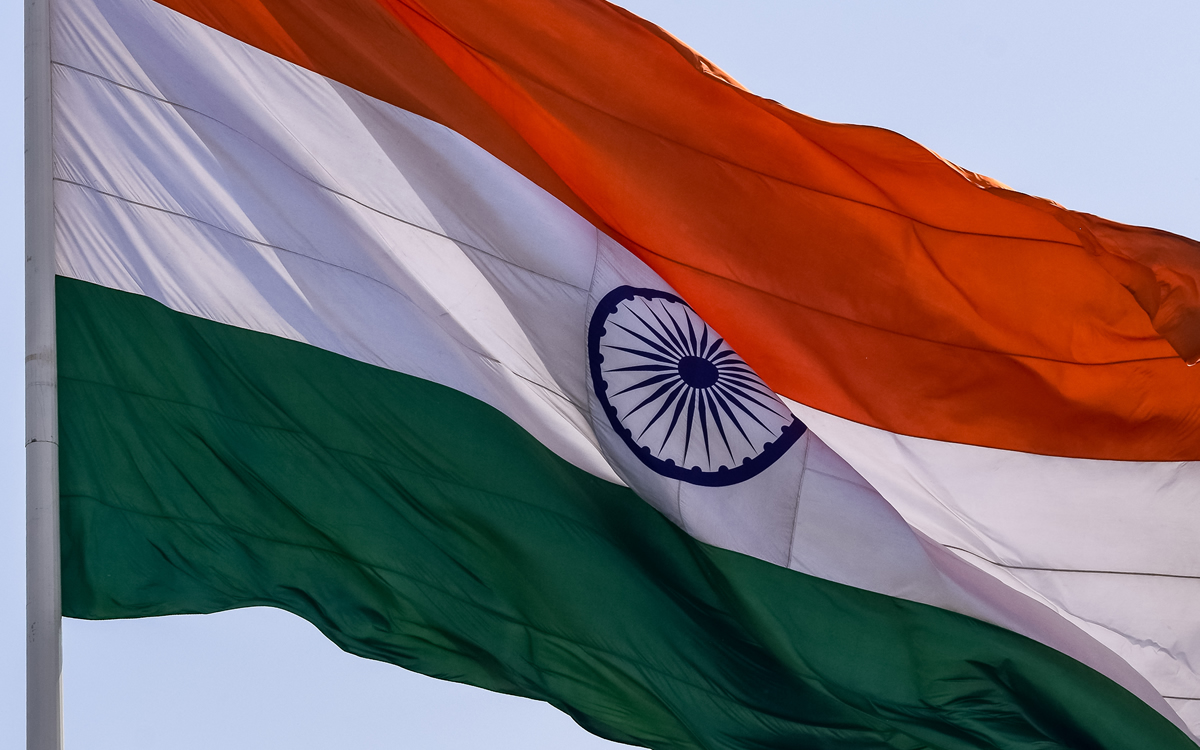
The Indian government on Dec. 15 informed parliament that only one transgender person in Jammu and Kashmir has been recorded as a beneficiary under the Pradhan Mantri Awas Yojana since the housing program was launched a decade ago.
PMAY is a federal government program aimed at expanding access to affordable housing for low- and middle-income households, including through credit-linked subsidies. The parliamentary disclosure indicates that trans beneficiaries have been virtually absent from the program’s records in the union territory, despite official guidelines listing trans people as a priority category.
In a written reply to a question in the upper house of parliament, known as the Rajya Sabha, the Housing and Urban Affairs Ministry said Jammu and Kashmir recorded zero trans beneficiaries under the program in each financial year from 2020–2021 through 2025–2026, with the cumulative total since inception remaining at one.
The Indian government launched the program on June 25, 2015, and the Housing and Urban Affairs Ministry implemented it.
The parliamentary reply came in response to a question on whether trans people are being included under the housing scheme and what steps have been taken to address barriers to access. The ministry said both PMAY and its successor, PMAY 2.0, are demand-driven programs, with responsibility for identifying and selecting beneficiaries resting with state and regional governments.
The ministry said the program lists trans people as a priority group, alongside widows, single women, people with disabilities, senior citizens, and other socially disadvantaged categories. It added that actual implementation depends on housing proposals and beneficiary lists submitted by state and regional governments.
According to figures the Indian government cited, a total of 809 trans beneficiaries have been recorded under PMAY and its successor, PMAY 2.0, since the programs were launched, with the vast majority concentrated in a small number of states. The southern state of Tamil Nadu accounts for 222 beneficiaries, followed by Andhra Pradesh with 186, and Odisha with 101. By contrast, several other states and federally administered regions, including Jammu and Kashmir, have reported either negligible or no coverage. India is administratively divided into 28 states and eight federally governed territories.
According to India’s 2011 national Census, Jammu and Kashmir recorded 4,137 trans residents. The same census counted 487,803 trans people nationwide, providing the most recent official population baseline for the community in India.
The ministry also said it has not conducted a specific survey to assess barriers faced by trans communities in accessing the scheme’s benefits. Instead, it said lessons from earlier implementation phases informed the design of the second phase of the program, launched on Sept. 1, 2024, which aims to support an additional 10 million urban beneficiaries over the next five years.
The parliamentary reply reveals an even more severe gap in Ladakh, India’s northernmost federally governed territory bordering China and Pakistan-administered areas and considered strategically critical to national security.
Official records show that Ladakh has not reported a single trans beneficiary under the housing scheme, either in recent years or cumulatively since the program began, with zero coverage recorded across all financial years listed in the Annexure. By comparison, Ladakh’s trans population stands at six, according to a written submission made to the High Court of Jammu and Kashmir in 2024.
Despite trans people being listed as a priority group in the scheme’s guidelines, the federal government said that as of November 2025 it had sanctioned more than 12.2 million homes nationwide under both versions of the program, with over 9.6 million homes completed and delivered. At the same time, data from Jammu and Kashmir, Ladakh, and several other regions show little to no recorded housing uptake by trans beneficiaries.
Speaking with the Washington Blade, Meera Parida, a trans activist, former member of the National Council for Transgender Persons in India’s eastern zone, and a former state advisor under the housing and urban development department, said the 2011 Census does not reflect the full size of India’s trans population, noting that public recognition and self-identification were far more limited at the time. She pointed to later government data collection efforts, including the National Portal for Transgender Persons that the Social Justice and Empowerment Ministry launched in 2020, as evidence that official counts have expanded beyond what was captured in the last Census.
“I am surprised that around the country only over 800 people benefited from the scheme, because most of the transgender population is from socially backward classes,” said Parida. “So they do not have a house and no family. Five years have passed since the NALSA judgment and the Transgender Protection Act; even after all these, if only over 800 transgender persons got home, that is a sad situation.”
Parida said that Prime Minister Narendra Modi has publicly positioned trans people’s welfare as a priority, but argued that the issue requires greater attention at the administrative level. She said the prime minister’s office should issue clear directions to all relevant departments to ensure trans people receive housing support and that implementation moves more quickly.
“There is still widespread discrimination and stigma against the community. Many transgender people are afraid to speak openly, which is why this issue continues to persist,” Parida said. “If stigma and discrimination are not addressed seriously, the marginalized community will remain invisible and reluctant to come forward. In that situation, the government will also be limited in what it can do. State governments should work with activists and community organizations to build accurate data. The government has decided to resume the Census in 2026, but the enumerators who go door to door must be sensitized to engage respectfully with the transgender community. The government should also improve awareness of housing schemes, because many people simply do not know they exist. A single-window system is needed.”














